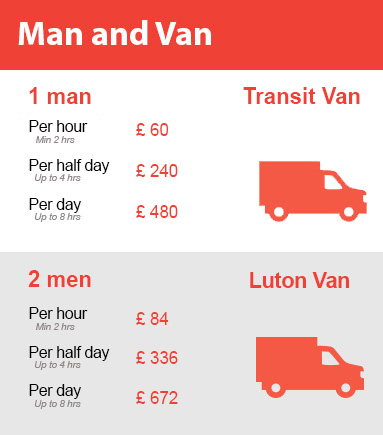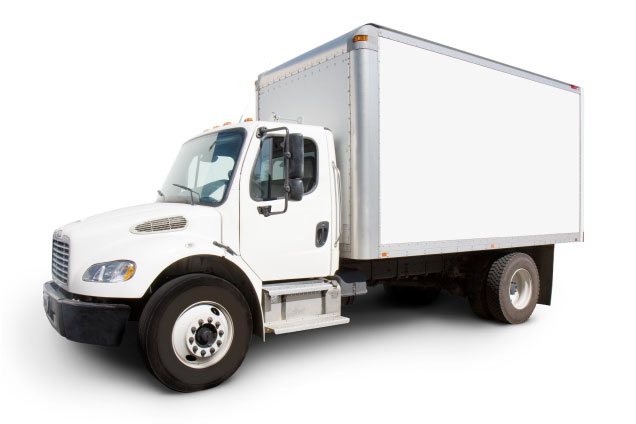How to Buy Docklands Property
Posted on 05/11/2024
How to Buy Docklands Property
The Docklands area in London has seen significant growth in recent years, making it an attractive location for property investment. With its prime location, waterfront views, modern amenities, and excellent transport links, this area appeals to both first-time buyers and seasoned investors. This article will guide you through the process of buying property in Docklands, including essential tips, pros, and cons to consider.
1. Understand the Docklands Area
Before diving into the property market, it's crucial to understand the area you're interested in. The Docklands encompasses several neighborhoods, including Canary Wharf, Limehouse, and Surrey Quays. Each area offers unique features, demographics, and property types. Research these neighborhoods to determine which aligns best with your needs and goals.

2. Set a Budget
Property prices in Docklands can vary significantly based on location, property type, and market conditions. Establish a clear budget to ensure you don't overspend. Consider all costs, including the property price, stamp duty, legal fees, and moving expenses. It's also wise to factor in potential renovation costs if you're buying an older property.
3. Financial Preparation
If you need a mortgage, start by obtaining a mortgage in principle. This will give you an idea of how much you can borrow and show sellers that you're a serious buyer. Compare mortgage offers from different lenders to get the best deal. Additionally, ensure your credit score is in good shape, as this can impact your mortgage rates.
4. Engage a Real Estate Agent
Working with a local real estate agent who specializes in Docklands properties can significantly streamline the buying process. They can provide valuable insights into the market, help you find suitable properties, and negotiate on your behalf. Choose an agent with a good reputation and extensive knowledge of the Docklands area.
5. Property Search
Begin your property search by browsing online property portals and attending viewings. Pay attention to the property's condition, amenities, and nearby facilities. When you find a property you're interested in, visit it at different times of the day to get a feel for the area. Additionally, check the local council's plans for future development, as this can affect property values.
6. Conduct Due Diligence
Once you've found a property you like, conduct thorough due diligence. This includes getting a property survey to identify any structural issues and researching the property's history. Check if there are any leasehold restrictions, upcoming maintenance charges, or ground rents that may affect your decision.
7. Make an Offer
If everything checks out, it's time to make an offer. Your real estate agent can help you decide on a competitive offer based on market conditions and comparable properties. Be prepared for negotiations and stay within your budget. Once the offer is accepted, you'll need to pay a deposit to secure the property.
8. Legal Process
The next step involves the legal process, known as conveyancing. Hire a qualified solicitor to handle the legal paperwork, conduct searches, and ensure the property title is clear. The conveyancing process can take several weeks, so maintain regular communication with your solicitor to avoid delays.
9. Finalize the Purchase
Once the legal process is complete, you'll exchange contracts with the seller. At this stage, the sale becomes legally binding, and you'll need to pay the remainder of the purchase price. Finally, you'll complete the purchase, receive the keys, and take possession of your new Docklands property.
Pros and Cons of Buying Docklands Property
Pros
- Prime Location: Docklands offers excellent transport links to central London and other parts of the city.
- Modern Amenities: The area features modern residential developments, shopping centers, and dining options.
- Waterfront Views: Many properties offer stunning views of the River Thames and the Docklands skyline.
- Investment Potential: With ongoing development and regeneration projects, property values in Docklands are likely to appreciate.
Cons
- High Prices: Property prices in Docklands can be relatively high compared to other areas of London.
- Ongoing Development: Some areas may experience construction noise and disruptions due to ongoing developments.
- Leasehold Issues: Many properties in Docklands are leasehold, which can come with additional costs and restrictions.
Tips for Buying Docklands Property
- Do Your Research: Understand the different neighborhoods within Docklands to find the best fit for your needs.
- Set a Realistic Budget: Consider all costs associated with buying a property, including stamp duty and legal fees.
- Get Financially Prepared: Obtain a mortgage in principle and ensure your credit score is in good shape.
- Hire a Local Real Estate Agent: Work with an agent who has extensive knowledge of the Docklands property market.
- Conduct Thorough Due Diligence: Get a property survey and research the property's history before making an offer.

Takeaways
- Understand the Docklands area and its different neighborhoods.
- Set a clear budget and get financially prepared.
- Hire a local real estate agent to assist with the buying process.
- Conduct thorough due diligence on the property.
- Be aware of the pros and cons of buying property in Docklands.
Conclusion
Buying property in Docklands can be a rewarding investment if approached with careful planning and research. Understand the area, set a budget, and get financially prepared. Engage a local real estate agent and conduct thorough due diligence to ensure a smooth buying process. While there are pros and cons to consider, the potential for high returns and the appeal of waterfront living make Docklands an attractive option for property buyers.
By following these steps and tips, you'll be well-equipped to navigate the Docklands property market and make an informed purchase decision.





